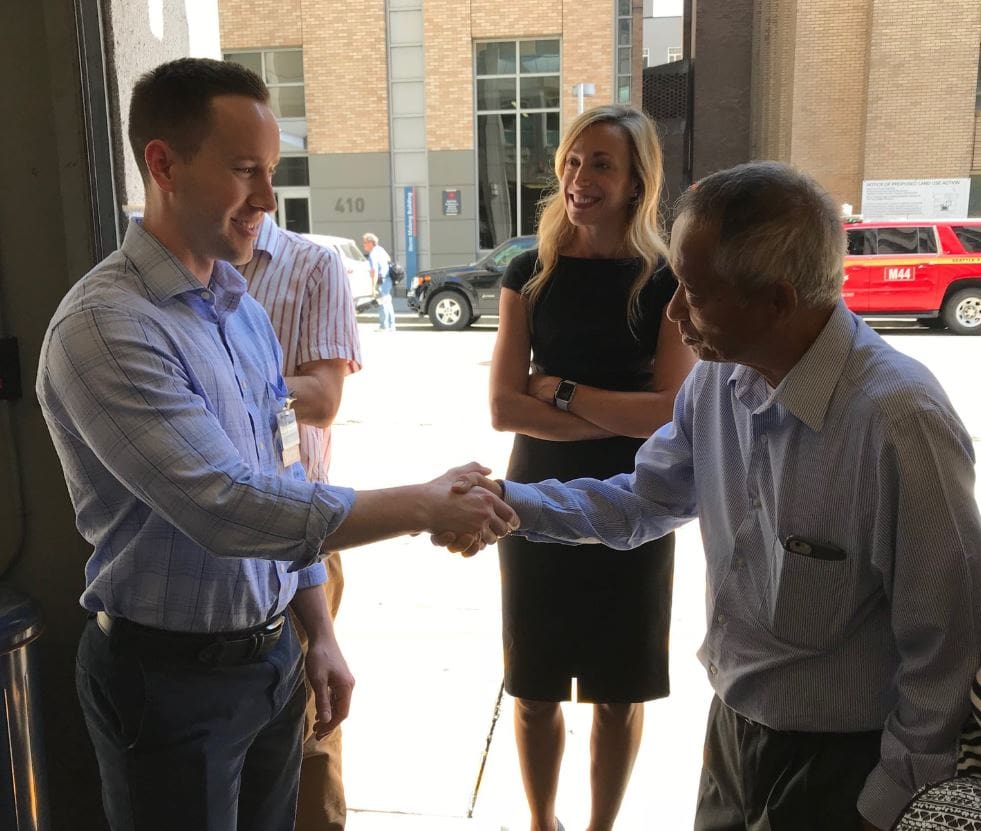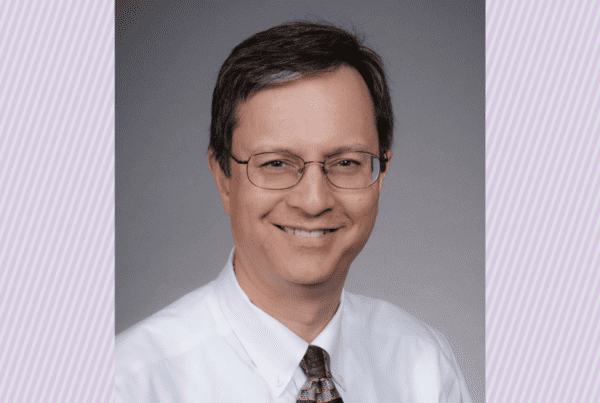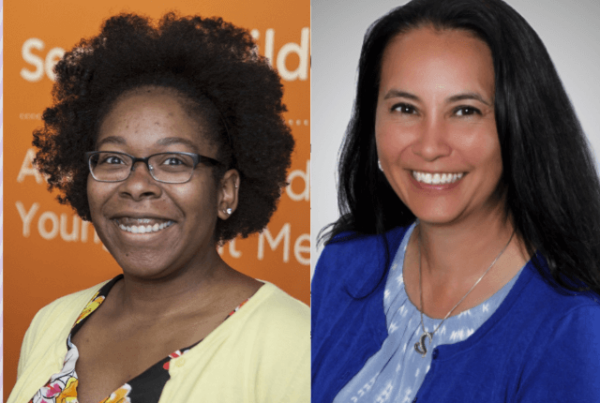July 31, 8 p.m.
Richard Babb planned to leave the 24 Hour Fitness gym in five minutes. He’d just wrapped up a chest workout and was ready to head home.
Meanwhile, Shamus Moran was halfway through a shoulder session when he went into the locker room to put something away.
Up to that point Babb and Moran had never met – even though they both worked out at the same gym and worked at UW Medical Center, where Babb is a nurse anesthestist and Moran a first-year radiology resident.
Then Fouwa Saechao, 68, stepped into the gym’s elevator, hit a button and went into cardiac arrest.
Babb heard shouts and found Saechao on the elevator floor without a pulse. His face was turning purple. Babb immediately started CPR.
Moran saw the commotion as he left the locker room and ran over to help. He met Babb outside the elevator, then took over CPR while Babb prepped the gym’s automated external defibrillator (AED). It advised them to shock the patient. They did and performed CPR for two more minutes.
Then Seachao opened his eyes.
Speaking a week later at a press conference at Harborview Medical Center, Saechao called the event a “miracle.”
“I will forever be grateful for what you’ve done for me,” he told Babb and Moran. (Saechao, originally from Laos, spoke in Mien; his daughter translated for him.)
UW Medicine and the Seattle Fire Department held the press conference to highlight how bystanders trained in CPR can save lives. Moran said he had performed CPR a couple dozen times as an intern but never outside of a hospital.
“It’s completely different,” he said of trying to save a life away from the monitors and the crash cart. But his training kicked in, and he did what he had to do.

Babb worked as a paramedic for more than two decades; he responded to the 1996 Olympic bombing in Atlanta. He’s more or less prepared to help people anytime, anywhere. That’s why he downloaded the PulsePoint app to his phone. The app alerts people trained in CPR and directs them to the location where help is needed.
It went off as he gave Saechao CPR.
Moran hadn’t heard about the app before July 31. But it’s on his phone now, and he wants to spread the word.
“The app has the potential to save lives,” he said. “Everyone in Seattle trained in CPR should have this on their phone.”
Moran and Babb encouraged the public to download the app and take CPR training if they’re not certified.
“Anybody can help anybody if they know CPR,” Babb said. “Take four hours to get trained, and you could save a life.”
Watch a KIRO-7 segment about Babb and Moran.


